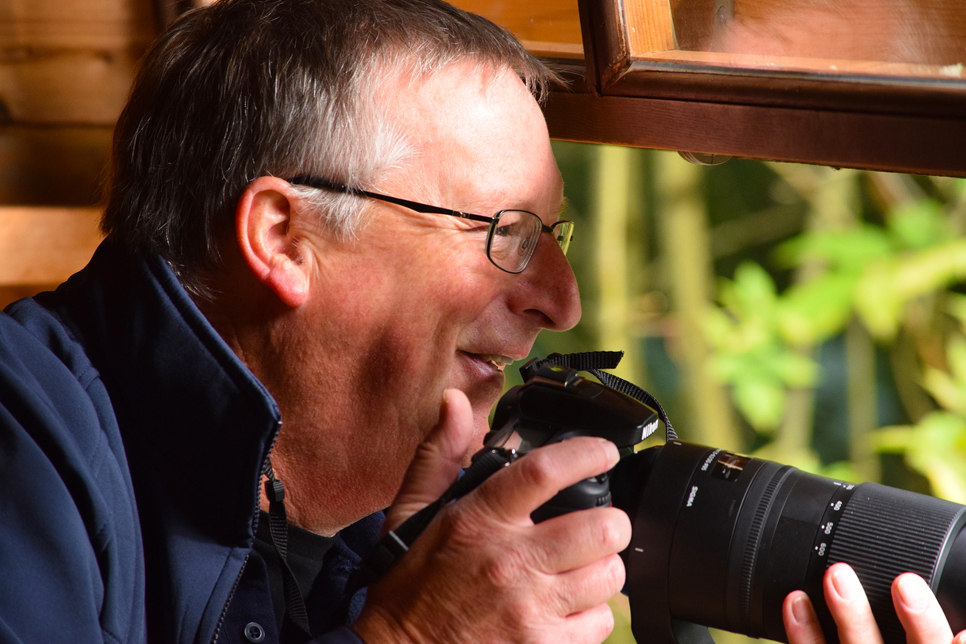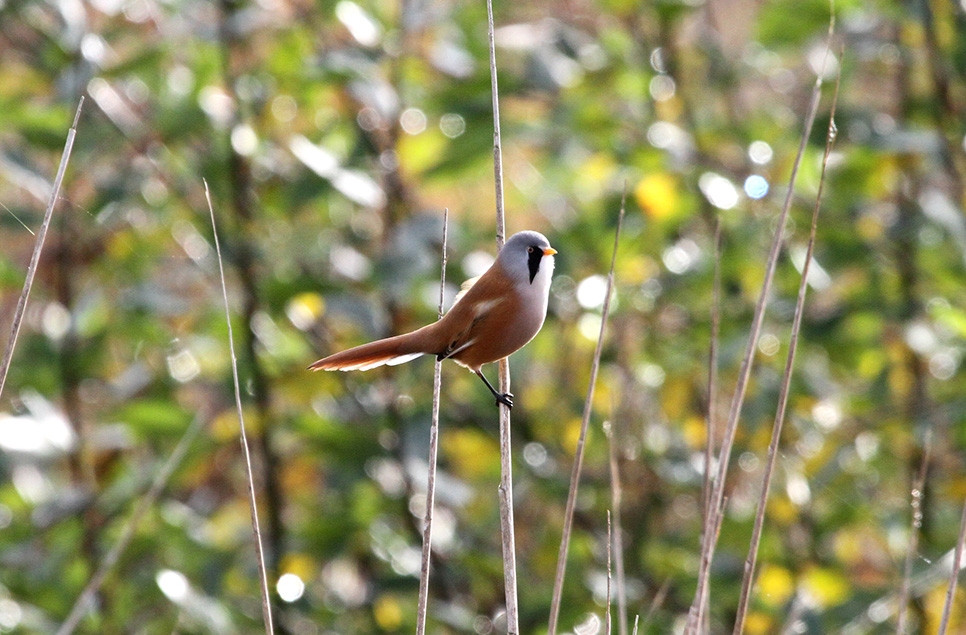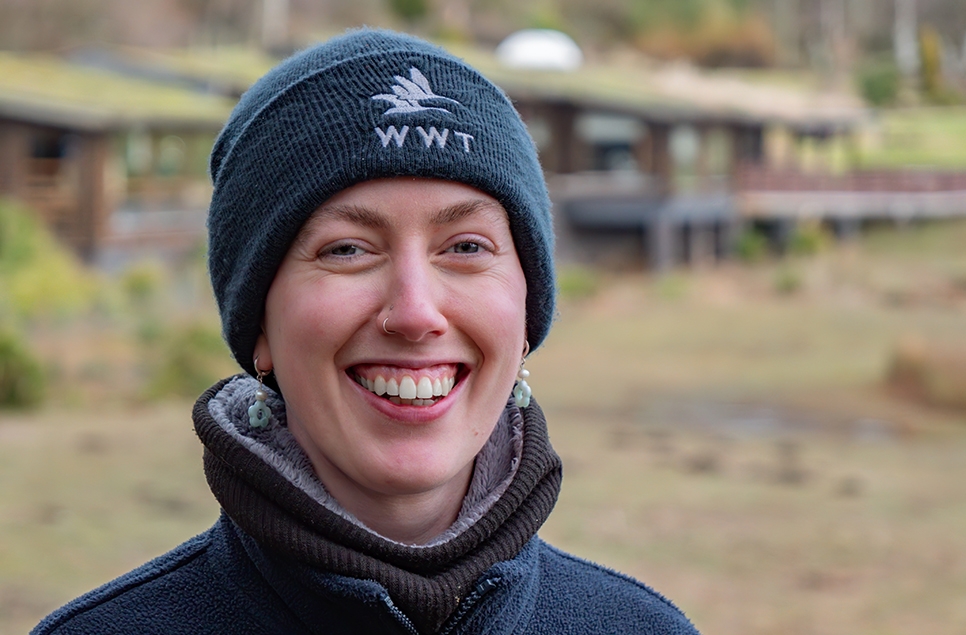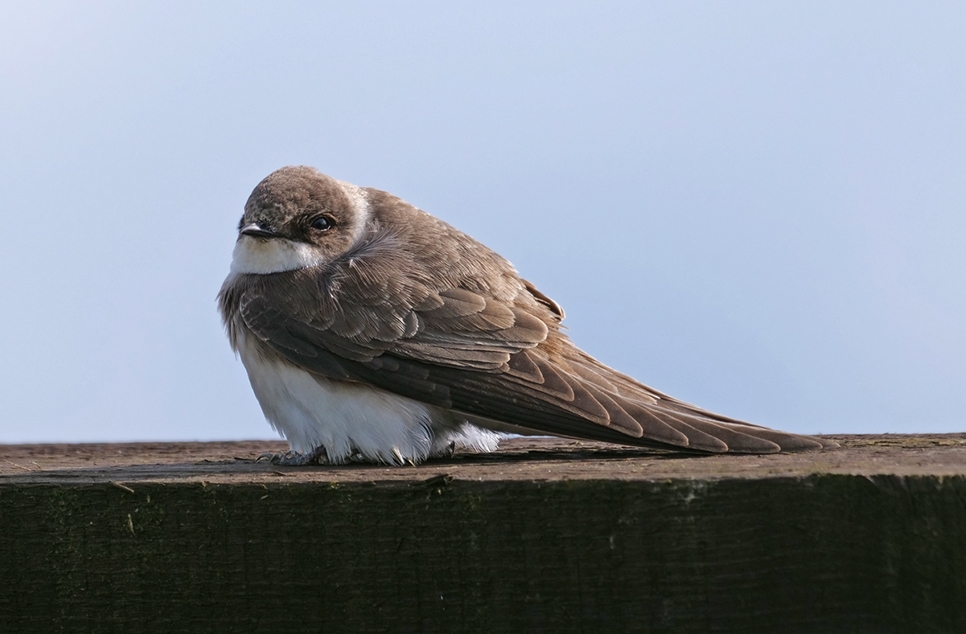Breeding first for Abyssinian blue-winged geese
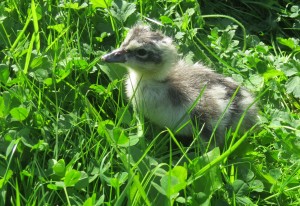
An Abyssinian blue-winged goose has hatched at WWT Washington Wetland Centre for the very first time!
The young gosling was incubated and hatched by aviculture expert Owen Joiner at the wetland reserve’s specialist duckery, after being the only fertile egg to be laid by its mother.
Owen said: “I’m really excited about successfully breeding and hatching this species for the first time!
“The adults arrived at WWT Washington two years ago as young chicks and this was their first attempt at producing young, so I’m very proud of them.
“The female actually laid a clutch of five eggs, but unfortunately only one was fertile. I incubated the solitary egg at our specialist duckery and thankfully it hatched successfully.”
The gosling will now be reared alongside other juveniles from this season, which include Andean goose, eider, Meller’s duck, red-billed whistling duck, South Georgian pintail and red-breasted goose.
Visitors can see the young chick now throughout the day at the duckery.
VIDEO: http://www.sunderlandecho.com/news/video-rare-gosling-hatches-in-washington-1-6019997
Did you know?...
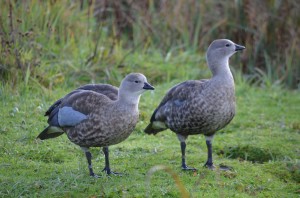
The Abyssinian blue-winged goose (Cyanochen cyanoptera) is a waterfowl species endemic to Ethiopia, which was historically known as Abyssinia.
It is the only member of the genus Cyanochen and is morphologically close to shelduck, in particular South American sheldgeese, and is also similar to the Andean goose, which breeds at WWT Washington.
Adults are similar in appearance, with stocky grey-brown bodies, a slightly paler head and upper neck and powder-blue forewings. They have small black bills and black legs and their feathers are thick and almost fur-like; an adaptation to the cold of the rugged Ethiopian highlands. They are quiet birds and don’t honk or cackle like true geese. Instead they give a soft, low whistle.
Abyssinian blue-winged geese are found throughout high-altitude habitats in Ethiopia; namely grassland and scrubland close to streams, rivers, freshwater lakes, marshes and swamps. They feed on grass, aquatic plants, insects and small reptiles, and although they can swim and fly well, these portly geese prefer to stay on land; forming sociable flocks of up to 100 birds outside of the breeding season. Unusually, they are largely nocturnal.
They reach sexual maturity at about two years old and breed by mountain lakes and streams. When courting, the male struts around the female with his head bent over his back and his bill pointed upwards to the sky or behind him, emitting a low whistle as he does so. This stance exposes the handsome blue patches on his wings. The pair builds a lined nest hidden among grassy tussocks and the female can lay up to seven eggs at a time, which will be incubated for 30-35 days.
The Abyssinian blue-winged goose is threatened by the loss of its unique, isolated Ethiopian highland habitat; with wetlands being drained for agriculture, land being eroded by large numbers of cattle, and overgrazing by livestock resulting in competition for its primary food sources.
Formerly classified as a ‘near threatened’ species on the IUCN Red List, new research showed the species to be rarer than was thought and in 2008, it was uplisted to ‘vulnerable’.
Conservation breeding…
The Wildfowl & Wetlands Trust (WWT) has been working to identify and save severely threatened wetland wildlife and the habitats that they rely on for survival for more than 60 years.
These decades of experience in conservation breeding have led to species such as the Madagascar pochard being given a more secure future and other current programmes include The Great Crane Project http://www.thegreatcraneproject.org.uk/ and work to save the spoon-billed sandpiper from extinction http://www.saving-spoon-billed-sandpiper.com/
